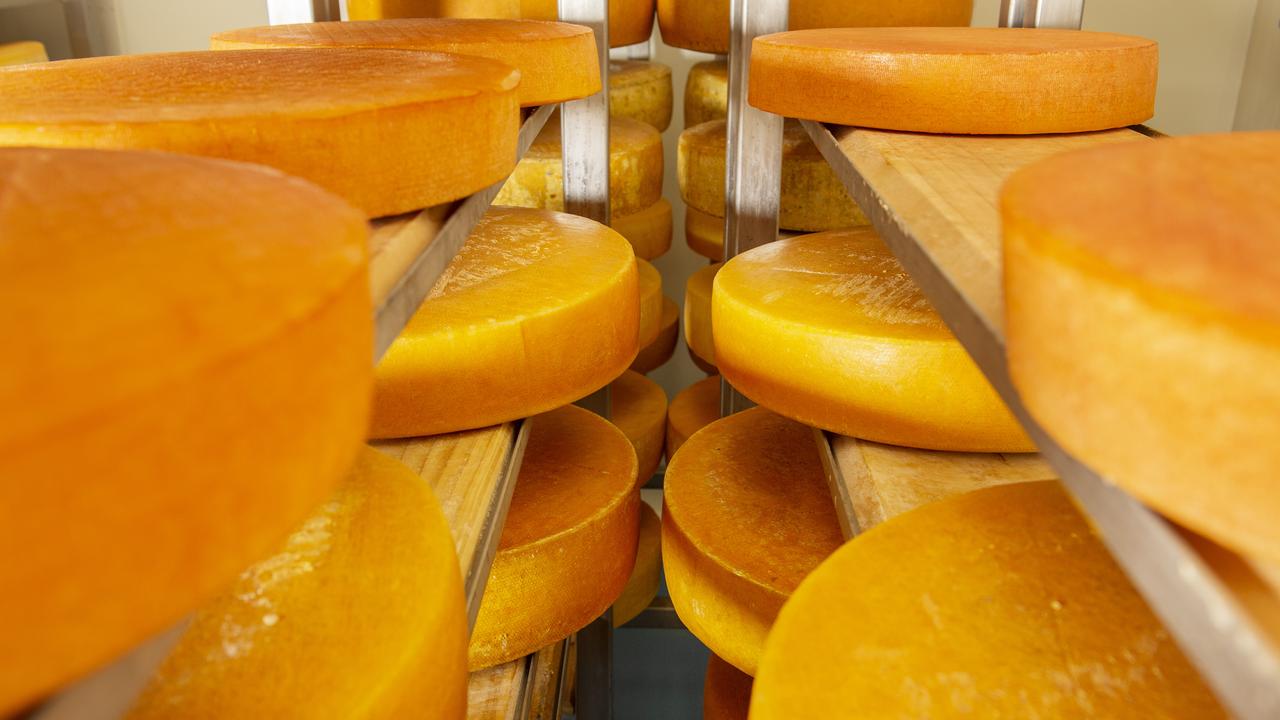Technology combination to help genetic gain
RESEARCHERS are hoping to prove the combination of sexed semen, genomic testing and multiple ovulation embryo transfer is a cost effective way to maximise genetic gain in dairy herds.

RESEARCHERS are hoping to prove the combination of sexed semen, genomic testing and multiple ovulation embryo transfer is a cost effective way to maximise genetic gain in dairy herds.
A trial has included up to seven farms and 25-30 animals, but researchers are hoping to include up to 100 animals.
Dr Les Moore, principal of embryo transfer business Moore and Associates at Meeniyan, south of Leongatha, is running the trial.
He is collecting data from dairy farmers throughout Gippsland to prove his hypothesis — that combining these technologies and using sexed semen will have a similar result as combining these technologies and using conventional semen.
“Historically the industry average is one heifer per flush,” he said. “If you take the risk out and change it to two, you have more than halved your costs.”
Dr Moore has been working with embryo transfer technology for more than 30 years. He said the added benefits of combining these technologies include the reduction of bull calves and the production of high index embryos as a saleable commodity to the wider commercial dairy industry.
Les and Dianne White, with son Russ and his wife, Amy, milk 340 cows and run Dilee Holsteins at Leongatha South.
They identify their elite animals through genomic testing and use these animals for embryo transfer in a bid to increase the genetic gain in their herd.
They have been using embryo transfer technology for 27 years, starting with one animal a year and progressing to 10-13 animals a year. They had been using both sexed and conventional semen with embryos from flushes and have about 30 heifers as a result of sexed semen. Seven of their heifers have been included in the trial.
Flushing these heifers produced 39 eggs and 29 were usable. Each embryo was joined to two straws of sexed semen recently.
Russ said these technologies would increase their chances of getting superior animals on the ground faster.
The family believe genetic gain has been evident in the “type” improvement across the whole herd.
“We have got the production, we needed to improve the udders a lot more,” Les said.
“The classification of our heifers is about 2-2.5 points above breed average for heifers the same age, it is the improvement in type.”
Dilee Holsteins sell bulls but due to genomic technology, artificial insemination centres had less need for bulls, Les said. This was another reason why it was important to ensure a heifer from pregnancies. The research is in collaboration with the ImProving Herds project.


